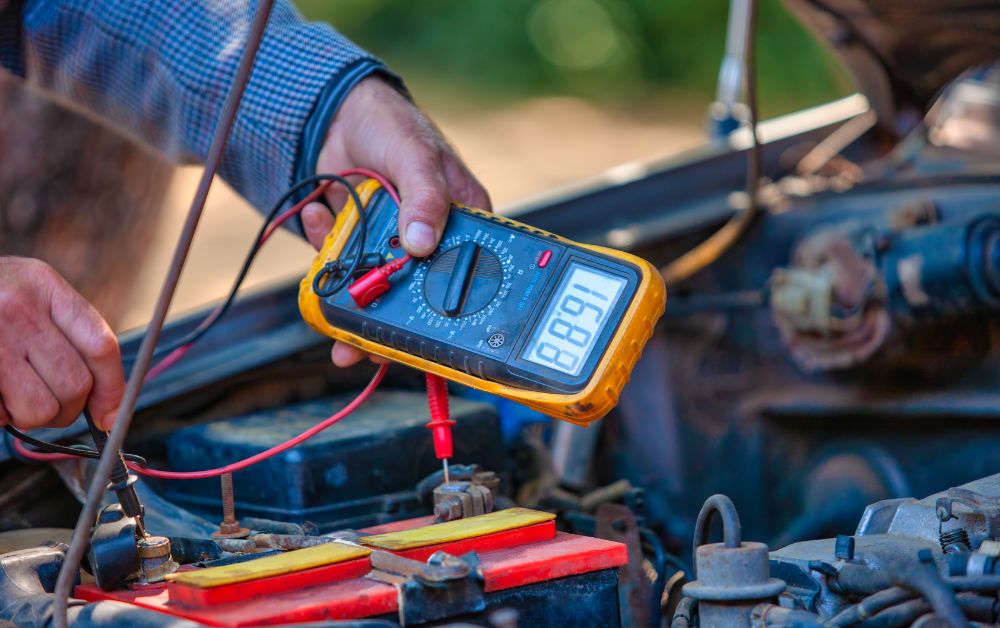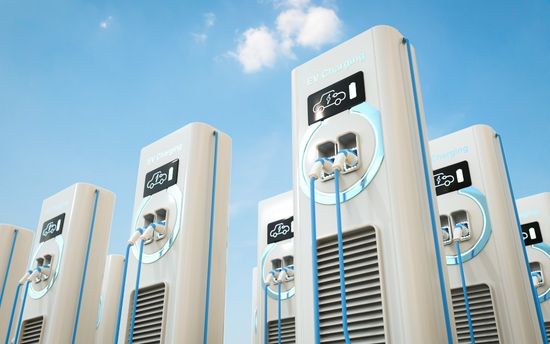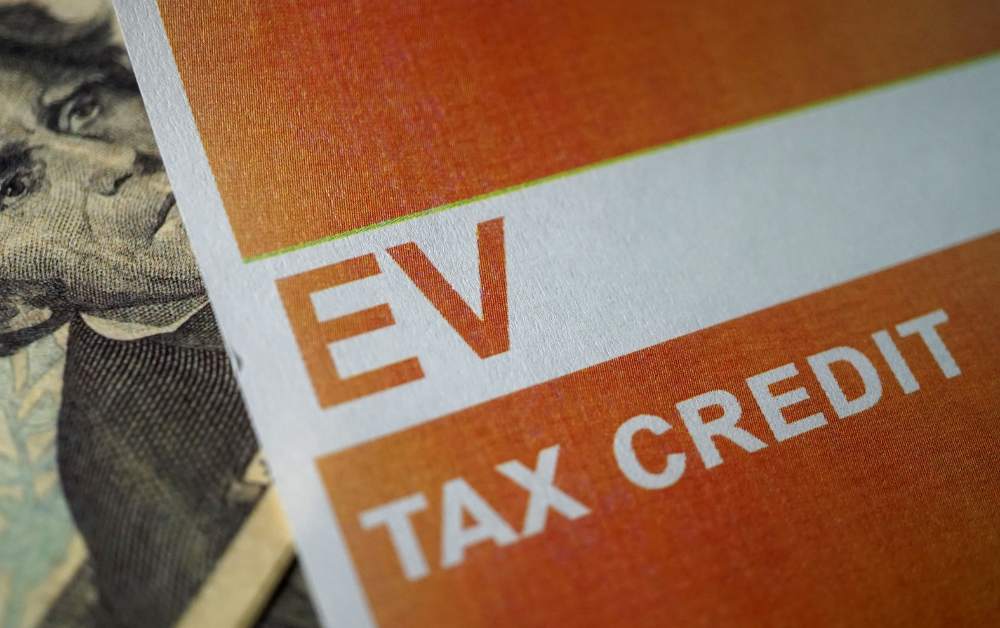A Beginner’s Guide to Electric Vehicle Maintenance: Essential Tips for Longevity

Electric vehicles (EVs) have emerged as a revolutionary solution to the environmental challenges posed by traditional internal combustion engine (ICE) vehicles. However, like any mode of transportation, EVs require proper maintenance to ensure their longevity and optimal performance.
In this guide, we will delve into the intricacies of electric vehicle maintenance, providing you with a comprehensive understanding of essential practices that will help you enjoy your EV for years to come.
Understanding the Basics of Electric Vehicles
How Electric Vehicles Differ from ICE Vehicles?
Electric vehicles operate on the principle of using electricity stored in a battery to power an electric motor, eliminating the need for gasoline or diesel. Unlike ICE vehicles, which rely on a complex system of combustion and mechanical parts, EVs have fewer moving components and generate zero tailpipe emissions. Understanding these fundamental differences is crucial to comprehending how maintenance practices vary between the two.
What Are The Key Components of an Electric Vehicle?
- Electric Motor: The heart of an EV, the electric motor, converts electrical energy from the battery into mechanical energy to drive the vehicle. Its simplicity and fewer moving parts lead to lower maintenance requirements.
- Battery Pack: The battery pack stores and supplies energy to the electric motor. Proper care includes monitoring the state of charge, avoiding extreme temperatures, and adhering to optimal charging practices.
- Regenerative Braking System: EVs use regenerative braking to convert kinetic energy into electric energy, which is then stored back in the battery. This system reduces wear on brake pads, increasing their lifespan.
- Power Electronics: This component controls the flow of electricity between the battery and the motor. Ensuring its proper functioning is essential for efficient performance.
Regular Maintenance Routine
Tire Care and Maintenance
Proper tire maintenance ensures efficient energy consumption and a comfortable ride. Regularly check tire pressure and rotate tires to ensure even wear. Correct tire inflation reduces rolling resistance, improving range and overall performance.
Battery Health and Management
- Battery Management System (BMS): The BMS monitors and balances individual cells within the battery pack, preventing overcharging and over-discharging. Regularly check BMS alerts and follow recommended charging practices.
- Charging Practices: Charge your EV within the optimal charging range (usually 20-80%) to prolong battery life. Avoid frequent fast charging, as it generates more heat and can degrade the battery faster.
- Temperature Considerations: Extreme temperatures can impact battery efficiency and lifespan. Park in shaded areas during hot weather and pre-condition the battery during cold weather to improve performance.
Braking System Maintenance
EVs’ regenerative braking system reduces reliance on traditional brakes, leading to less wear on brake pads. However, it’s still essential to periodically inspect the brake system for any issues, ensuring reliable stopping power.
Cooling and Heating Systems
- Battery Cooling: Proper cooling prevents battery overheating, which can degrade its performance and longevity. Ensure that cooling systems are functioning optimally.
- HVAC System: Maintain the HVAC system for passenger comfort. Efficient use of heating and air conditioning can also contribute to better energy management.
Fluid Checks and Replacements
- Coolant: Check coolant levels regularly to prevent overheating and maintain the battery’s optimal temperature.
- Brake Fluid: Monitor brake fluid levels and quality to ensure effective braking performance.
Charging Practices for Battery Longevity
Understanding Charging Levels and Speeds
- Level 1 Charging: Uses a standard household outlet and offers the slowest charging speed.
- Level 2 Charging: Requires a dedicated charging station and provides faster charging.
- Level 3 Charging (DC Fast Charging): Offers rapid charging at public charging stations but generates more heat and should be used sparingly.
Optimal Charging Habits
- Partial Charging: Charging within the 20-80% range reduces stress on the battery and extends its life.
- Avoid Deep Discharges: Regularly deep-discharging the battery can degrade its capacity over time.
Charging Infrastructure Etiquette
- Charge Only When Necessary: Avoid hogging charging stations when your vehicle doesn’t need a charge.
- Parking Courtesy: Once charging is complete, promptly move your vehicle to free up the charging spot for others.
DIY Maintenance and Professional Servicing
Basic DIY Checks
- Tire Inspection: Check tread depth and look for signs of damage or uneven wear.
- Windshield Wiper Replacement: Ensure clear visibility by replacing worn-out wiper blades.
- Fluid Level Checks: Regularly check coolant, brake fluid, and washer fluid levels.
Professional Servicing Intervals
- Follow the manufacturer’s recommended servicing schedule.
- Certified EV service centers have specialized training and equipment for EV maintenance.
Seasonal Considerations
Summer and Hot Weather Maintenance
- Battery Cooling: Park in shaded areas to prevent battery overheating.
- Cabin Comfort: Use pre-conditioning to cool the cabin before driving.
Winter and Cold Weather Maintenance
- Battery Efficiency: Cold temperatures reduce battery efficiency. Pre-condition the battery and cabin to improve range.
- Heating Systems: Ensure the heating system functions properly for passenger comfort.
Conclusion
Maintaining an electric vehicle involves a combination of understanding its unique components, adhering to proper charging practices, and conducting regular inspections. By following these essential tips, you can contribute to the longevity and optimal performance of your EV. With the right care, your electric vehicle can continue to serve as an eco-friendly and efficient mode of transportation for years to come, making a positive impact on both your wallet and the environment.
Related Articles

Unveiling the Speed Demons: Which EV Charger Is the Fastest?
In the realm of electric vehicles (EVs), speed is no longer confined to the roads alone. With the rapid evolution of EV charging technology, the race is on to develop the fastest chargers that can power up your electric ride in record time. As the demand for efficient charging solutions grows, the question on every EV enthusiast’s mind is: Which EV charger is the fastest?

Electric Vehicle Myths Debunked: Separating Fact from Fiction
As technology continues to evolve and infrastructure improves, the future of electric mobility looks brighter than ever. Let’s dispel the myths and embrace the electrifying potential of EVs for a cleaner, greener tomorrow.

Unveiling the Mechanics: How Electric Car Transmission Works
While many are familiar with the basics of electric cars, understanding the intricacies of their transmission systems remains a mystery to most. So, let’s delve into the heart of the matter and uncover the mechanics of how electric car transmission works.

Unveiling the Dodge Electric Muscle Car: Release Date Announced!
The impending arrival of an electric muscle car from Dodge has stirred up a storm of debate and anticipation within the automotive community. The very notion of an “electric muscle car” has sparked intense discussions, with some purists questioning its authenticity while others see it as a promising evolution of the genre.




